Last year we bought chickens! I’ve always wanted backyard chickens and here in Utah they make it pretty easy to raise them! I’m no expert, but I thought I’d share our journey with you now that I’m a year into the process! I’ll be sharing a whole post series because there are lots of different aspects to raising chickens. Let’s talk about how to get started raising backyard chickens!
How to Raise Backyard Chickens
Backyard Chickens are a lot easier to raise than one might think. I was lucky enough to have a sister-in-law who walked me through everything. If you don’t know anyone who has raised chickens, hopefully I can be that resource for you. Let’s do it together!
Making Preparations for Baby Chicks
The first thing you are going to want to do is run out and buy baby chicks. Let’s be honest, that’s the fun part. But take it from me (who did just that), take the time to prepare beforehand!
Where will the chicks be kept?
When you bring your baby chicks home they won’t have their mama hen, so you will need to create an environment for them so they can grow healthy and strong. In order to do this you will need a brooder. This is a safe environment for them to grow until about 7 weeks or until fully feathered. We will talk more about moving them out of the brooder in a later post in the series.
*This post contains affiliate links for your shopping convenience. I do receive a small commission for purchases made through these links, however it does not affect the cost in any way! By using affiliate links it allows me to continue running this blog and providing free information! Thanks for your support!
Brooding Box Supplies:
- Brooding Box
- Heat Lamp
- Heat Lamp Bulb
- EcoGlow Brooder – This is a fancier way to keep them warm, and is a great investment if you plan on getting new chicks each year. (though I suggest you do some research on mixing flocks)
- Pine Shavings (available at farm/pet stores)
We just used a standard Rubbermaid tub for our brooding box (remember how I said we just brought our chicks home totally unprepared, haha! It worked, I won’t lie… but you need to have something over the top so they don’t get out and other pets (or children) don’t have access. We had a wire divider from our dog kennel that worked fine.
How will the chicks eat and drink?
Obviously your baby chicks will need food and water. We just used these cheap plastic sets:
There are other, more expensive sets if you want something to stand the test of time, but you will only use these while they are in the brooder, so I wouldn’t suggest spending too much money here.
What do I feed my baby chicks?
When we decided to raise backyard chickens we wanted our eggs to be organic, obviously this isn’t required to raise chickens, but if that is an interest of yours the food we use is linked below. You will use chick starter food until they are about 16 weeks of age or when they start laying eggs.
How to Set up a Chicken Brooder
Once you have your chicken brooder at home you’ll want to set it up before you actually bring your baby chicks home. You will add pine shavings to the bottom of the brooder for insulation and to give them something to walk on. If you leave the bottom a flat hard surface they will have a hard time walking around.
Keeping Baby Chicks Warm
Next you will add your heat source to keep them warm. It’s very important that baby chicks maintain the proper body temperature. They will need to be in a warm place until they are fully feathered and can be moved outside. For the first two weeks the bottom of the brooder needs to be at 95-100 degrees fahrenheit. After two weeks you can start to reduce the heat 5 degrees per week until they are around a month old. Depending on the outside temperature you may need to keep the heat lamp on them until they are fully feathered.
If using the standard bulb (and not the ecoglow brooder) all you have to do to adjust the heat is move the light nearer or further from the chicks. A general rule of thumb is if they stay huddled under the light and don’t move they are too cold, if they are trying to get away from the bulb it is too hot. It is normal for them to go under the lamp and stay there, but they should be getting up and moving around to get food and water. It was so much fun watching our chicks grow and interact!
How to Keep your Baby Chicks Safe
I know this sounds a little extreme, but there are several safety factors with baby chicks. We already talked about setting up the brooder and keeping the chicks warm which is one of the most important things, but there are some actual safety measures that need to be in place as well.
Keeping baby chicks safe from predators
There are multiple kinds of predators that can affect your baby chicks, one being household pets. Sure you might think your fluffy little doggy would never ever hurt your baby chicks, and that may very well be true. However, the stress alone for a tiny baby chick seeing a dog could cause death. I wouldn’t suggest letting your dogs meet your chicks until they are a little bit older and comfortable in their new space.
We didn’t ever introduce our dog to the backyard chickens because our chicks stay on the side of our house with their own fence. If you want all your animals to coexist there are some articles about how to slowly introduce them to each other you will want to read! In order to keep your chicks safe from your pets, just make sure there is some sort of lid on top of the brooding box. If you buy an actual brooding box it should come with something built in, but if you are making your own box, just leave a breathable lid of some sort that allows plenty of natural light. Here’s a really good example of a DIY version.
Depending on where your brooding box is located you might also have to worry about wild animals. Mice, raccoons, possums, etc. can all find their way into spaces. Make sure have your brooding box in an area that is safe from wildlife.
How to keep baby chicks safe from an early death
There are several health factors that can lead to an early death for baby chicks. Here are a few of the most common, preventable reasons and there are many more that can be found with a quick Google search.
- Pasting – This is caused by high temperatures in the brooding box. It causes their stool to become sticky and get stuck on their feathers. This can block them from regular bowel movements. If you noticed stool stuck on their feathers you need to clean it off with lukewarm water and make sure they are dry before returning them to the brooding box.
- Food Related Diseases – there are lots of technical terms, but basically it’s extremely important you keep your chicks food and water clean!
- Pneumonia – Keeping the temperature at the correct level for the chicks is extremely important. Chicks can take on different diseases caused by being too cold (or too hot). You can purchase a thermometer to help with this if you can’t keep a constant eye on them.
Choosing the right breed of baby chicks
Once you are prepared and comfortable bringing your baby chicks home, then you can head to your local farm store and choose the breed that is right for you.
The breed really does matter. I know it’s fun to just pick the cute ones but surroundings, atmosphere, egg laying and heat tolerance all play a role in choosing the right breed. First I look at what type of weather the breed can handle. Usually your local stores won’t sell birds that don’t fit with your climate, but you still need to double check as some people might have more advanced set ups. Other important factors in choosing breeds:
- Is the breed better for free range or more confined spaces?
- Is the breed docile and good for families with kids and pets?
- How many eggs does the breed lay? What size are the eggs?
- What colors are the eggs? This is the least important factor, but there are Easter Eggers that will lay blue and green eggs!
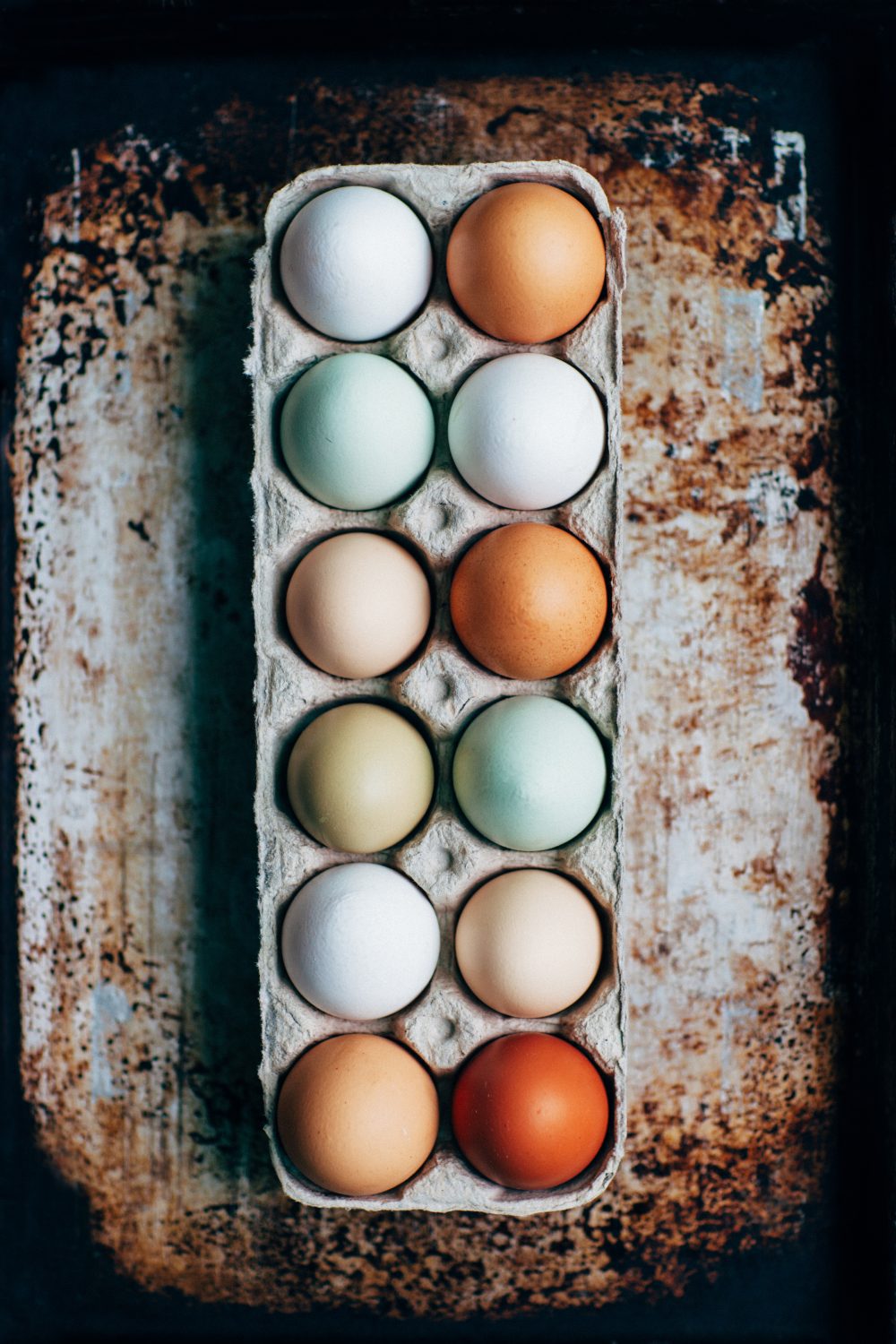 Photo by Kelly Neil on Unsplash
Photo by Kelly Neil on Unsplash
Now that you’ve chosen the breeds that work for your family, it’s time to bring your new backyard chickens home!! You’ve gotten through the hard part of raising backyard chickens, I promise! They are actually very easy to care for once you get everything set up. Please stay tuned for the next post in the series and we will be talking all about moving your chickens outside and caring for them in the early days!
Visit the 2nd Post in the series by clicking here or on the image below!
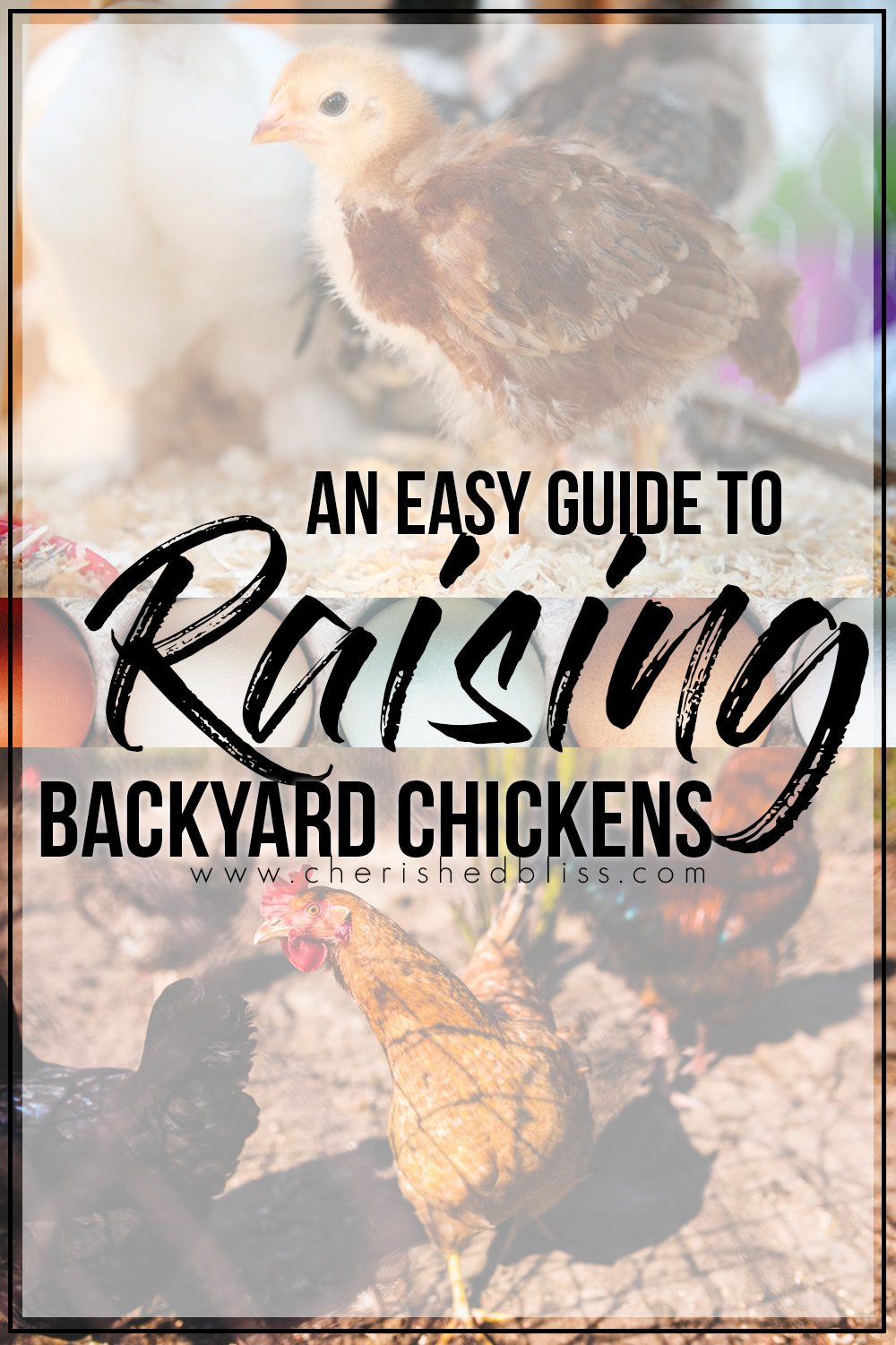
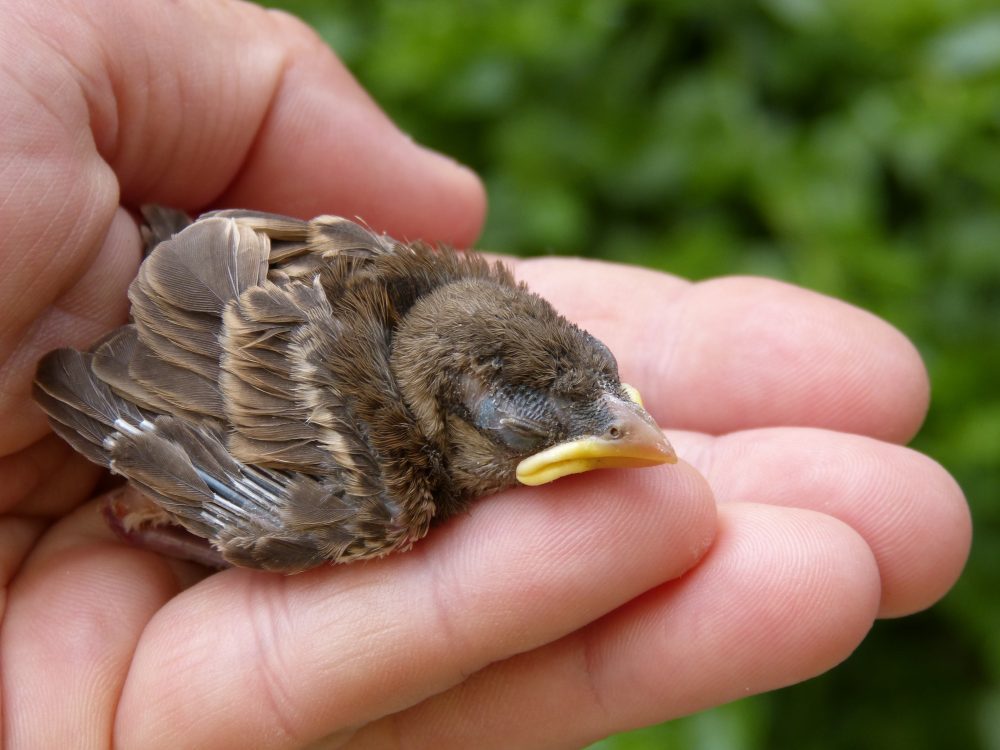
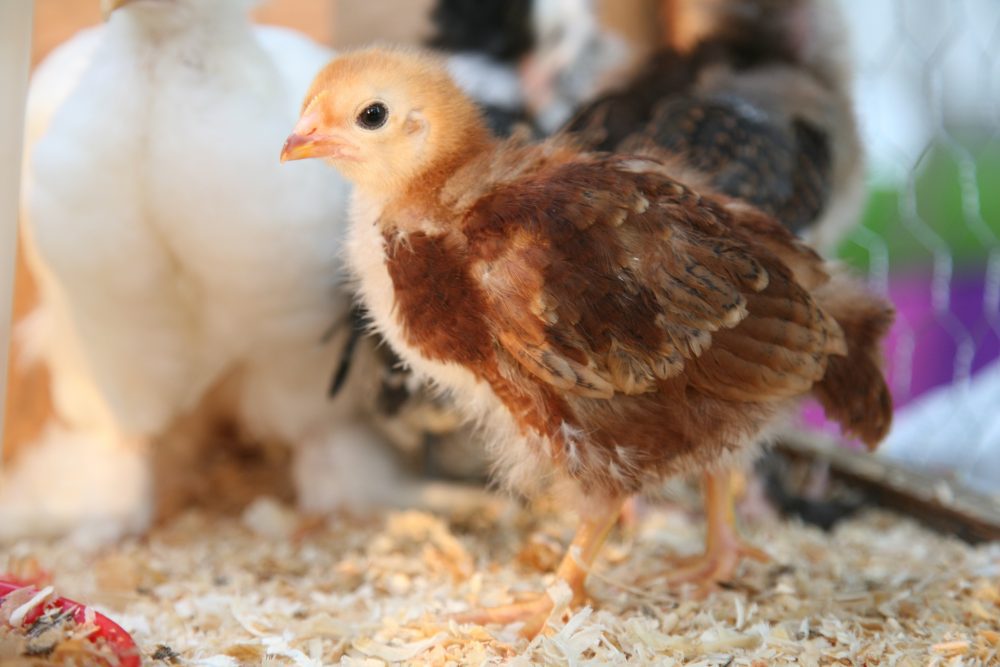
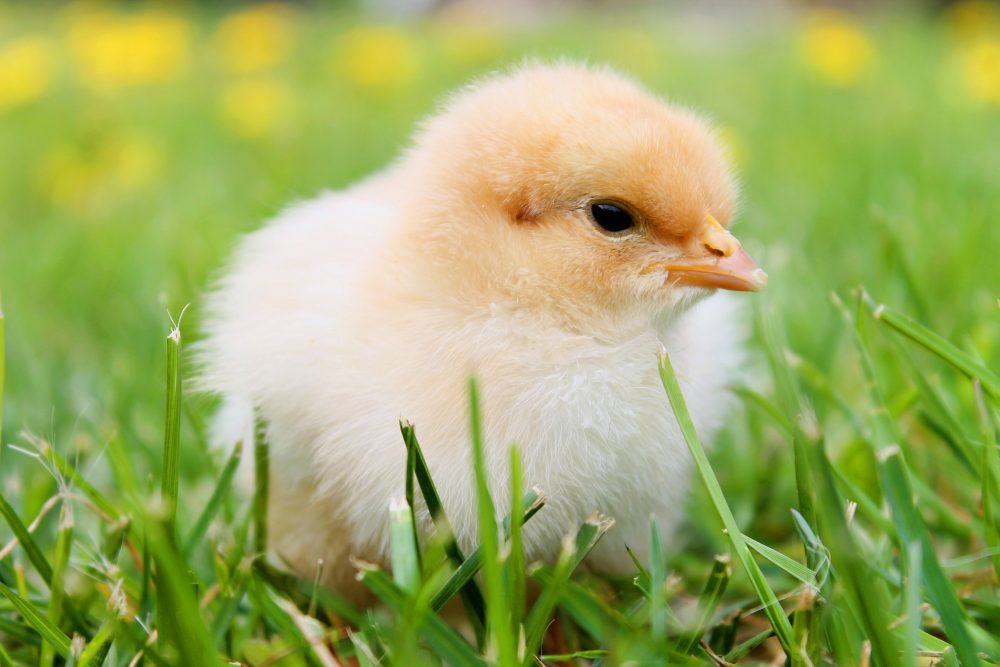
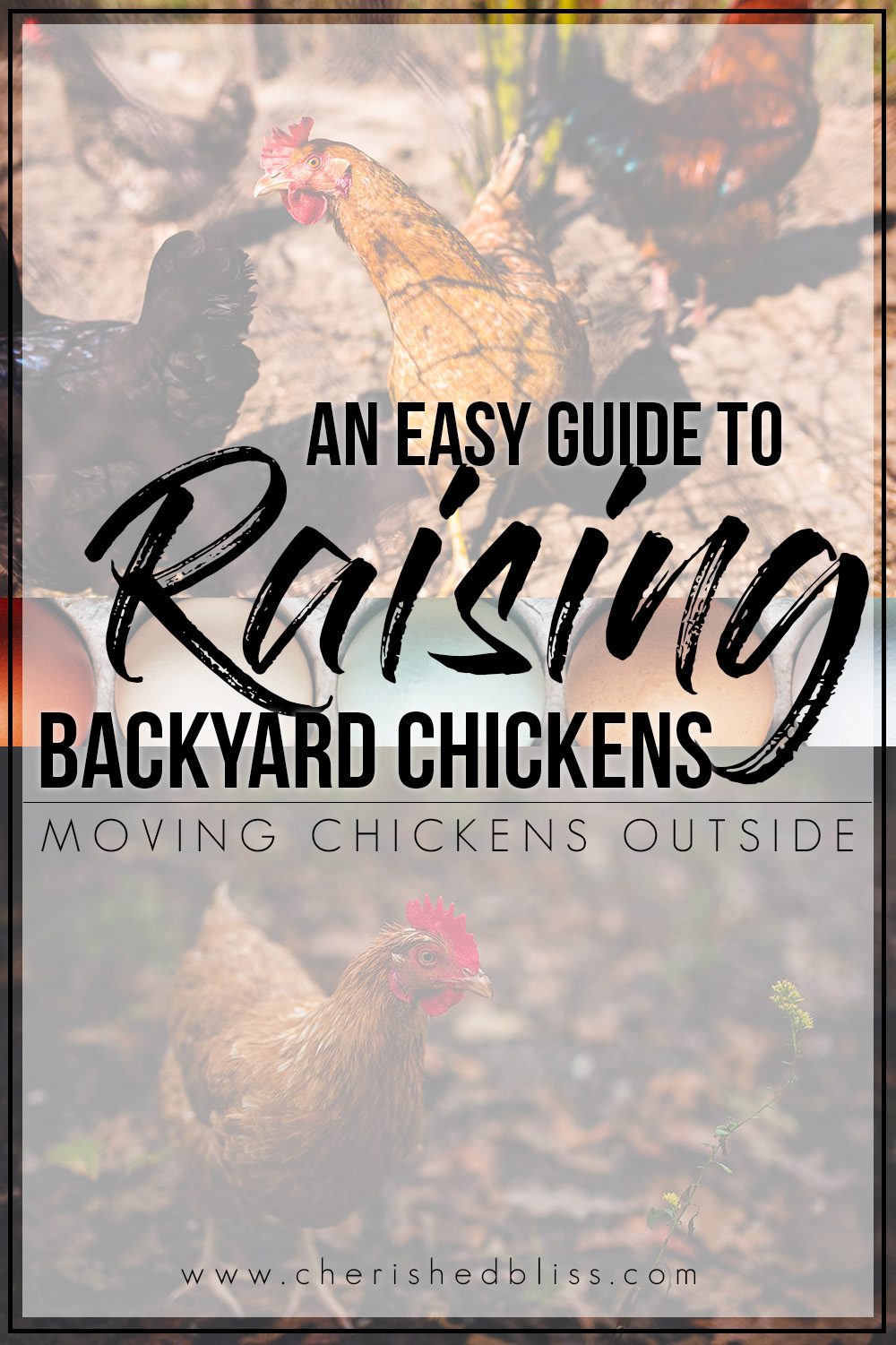


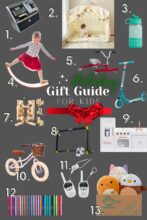



Oh my, what excellent information. Thank you so much. I love you baby chick by the way
Thanks so much!
Thanks, this is coming out just in time. We are relocating from Chicago to Tennessee. The house we purchased in TN comes with three chickens and a rooster!!! Something new for this city girl!! I look forward to your next writing! God bless!
Oh yay! How exciting!! You will love them, they are not very difficult to take care of so it’s a great way to get introduced : )
Now I miss my chickens! We just moved into a new home and had to leave them behind. We raised them from a few days old. They were great pets for my kids.
Aww I totally understand, we are actually about to give ours to some close friends because we have a cross country move planned so they can’t come with us, and it seriously breaks my heart!
i wish that they would stay as cute and fluffy as they were as babies, lol.
b
haha! This is true. They definitely go through a very awkward “teenage” phase as well, lol!
Thank you so much. I love you baby chick by the way
thanks you for sharing
Chicken raising is not an easy job, but I like this job because it gives me great pleasure when I find chickens every day healthy.
Hi, thanks for the interesting post, I really like this topic. I am generally against violence towards animals, the arguments are all obvious and I will not repeat them, but I recommend that you in my peofile find this information about animal rights using examples of various situations, books or something similar, read and know more and behave like a human being…